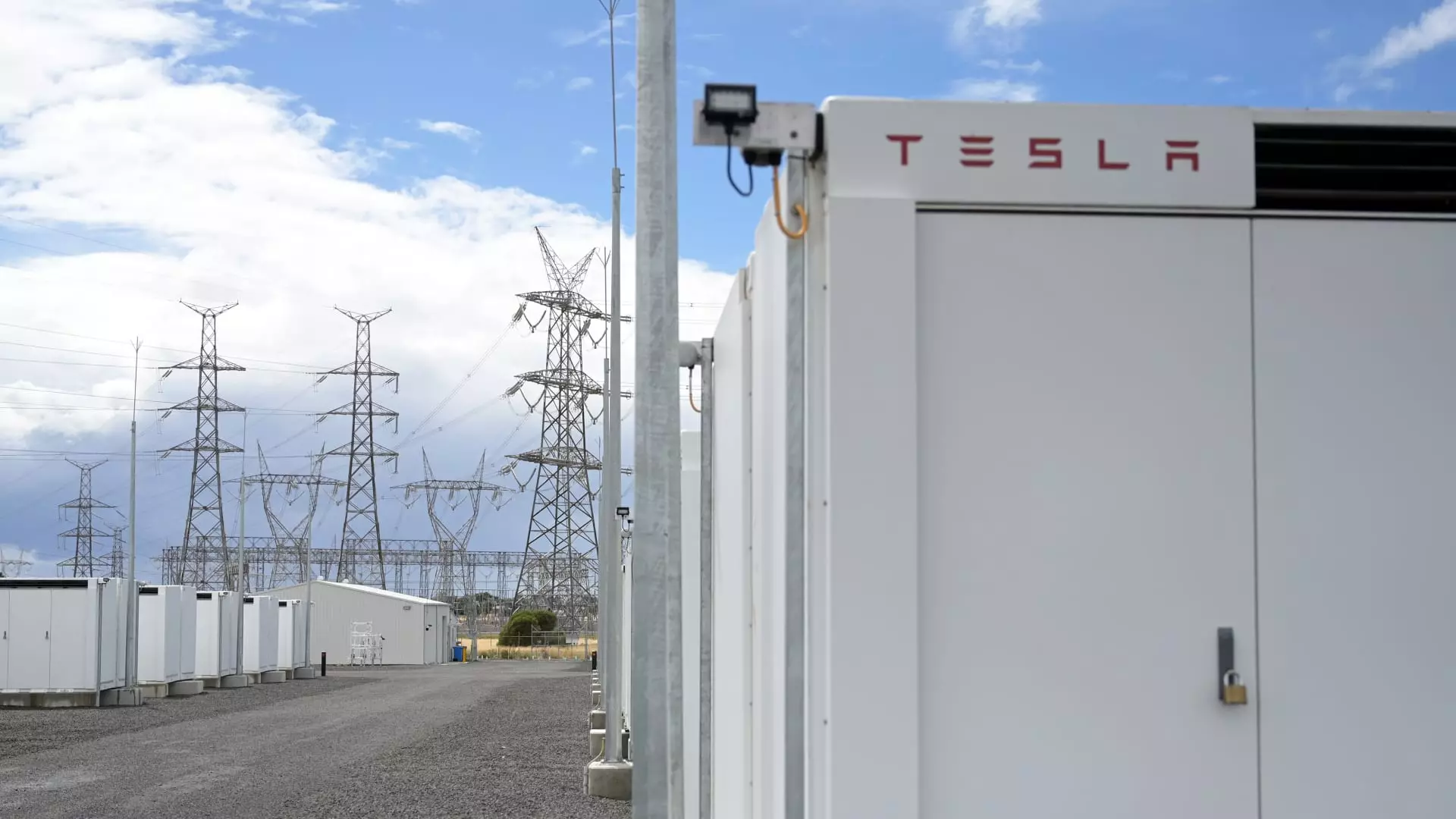In an audacious step that underscores both ambition and complexity, Tesla has sealed its initial agreement to establish a grid-scale battery power plant in China. This momentous project is touted to be the largest of its kind in the country, reflecting Tesla’s significant investment in not just technology, but also in restoring confidence in a territory where geopolitical tensions have reached new heights. As U.S.-China relations remain strained, Tesla’s move illustrates a striking balance between navigating political headwinds and seizing commercial opportunities. This is not merely a business venture; it is a strategic alignment that could redefine the future of energy storage in one of the world’s most dynamic markets.
The Significance of Battery Energy Storage Systems
Utility-scale battery energy storage systems are vital cogs in the machinery of modern electricity grids. They serve as a bridge over the churning waters of demand and supply, especially with the growing reliance on renewable but intermittent energy sources like wind and solar. Tesla’s decision to invest a staggering 4 billion yuan (approximately $556 million) into this project reveals its recognition of the imminent need to balance an electricity network fraught with variable energy sources. In essence, these battery stations act as “smart regulators,” seamlessly adjusting and optimizing grid resources to stabilize urban electricity infrastructures. What’s at stake here is not just a business footprint but an opportunity to lead a pivotal transition towards sustainable energy solutions in a hyper-urbanized country grappling with escalating energy needs.
The Competitive Landscape and Tesla’s Strategic Position
However, this bold endeavor does not come without formidable challenges. Competing against the titans of the battery industry, such as CATL and BYD—corporations that have already embedded themselves deep within the fabric of battery technology and manufacturing—Tesla finds itself in a high-stakes race. With CATL commanding roughly 40% of the global market share, they are not simply rivals; they represent an ecosystem that Tesla must navigate with acumen. The irony here is palpable: while Musk has historically allied himself with figures in the U.S. political sphere pushing against China’s economic ascendance, he now finds Tesla’s fate entwined with the progress and stability of its Chinese industry partners.
The Undertones of Geopolitical Tensions
The backdrop against which this deal unfolds is one of rising tariffs and economic hostility. Ever since President Trump ushered in a new era of strained trade relations, the outlook for U.S. automakers in China has become murky at best. For Tesla to flourish amid these complexities, it must be both innovative and adaptable. In this unfolding narrative, the ability to pivot and reconnect with a Chinese market eager for energy solutions could very well determine Tesla’s standing on the global stage.
The Changing Dynamics of Energy Demand
As demand for grid-scale battery installations swells, fueled by China’s commitment to expand its battery capacity to 40 gigawatts by the end of 2025, Tesla’s project emerges as a potentially game-changing initiative. The urgency of this demand draws attention to how quickly the tides can shift in this sector. The rapid expansion of global battery energy storage systems—jumping by 42 gigawatts in 2023 alone—reveals an accelerating commitment to sustainable solutions. This demand signifies not just consumer appetite but a pressing need for infrastructures that can hold renewable energy’s sporadic nature in check.
Tesla’s strategic investment in China’s grid-scale battery power plant is not merely about creating an energy storage solution; it is a pivotal test of innovation, resilience, and foresight in the face of geopolitical uncertainties. It symbolizes a larger struggle for dominance in renewable energy technology—a struggle that transcends borders and suggests that despite political complexities, the quest for sustainable solutions remains paramount. In a world increasingly shaped by climate imperatives, the stakes could not be higher, and the potential rewards even more significant.


Leave a Reply